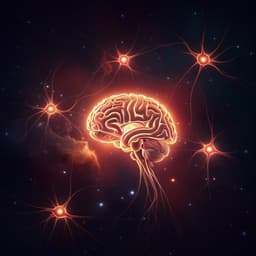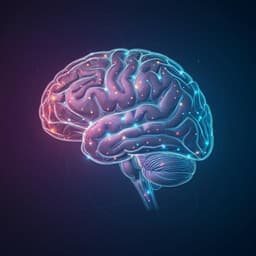
Psychology
Mnemonic-trained brain tuning to a regular odd-even pattern subserves digit memory in children
Y. Pan, N. Hao, et al.
Discover how mnemonic training can enhance short-term memory in children, based on exciting findings from an EEG study conducted by Yafeng Pan and colleagues. With specific neural patterns predictive of memory improvements, this research sheds light on the cognitive benefits of mnemonics.
Playback language: English
Related Publications
Explore these studies to deepen your understanding of the subject.







